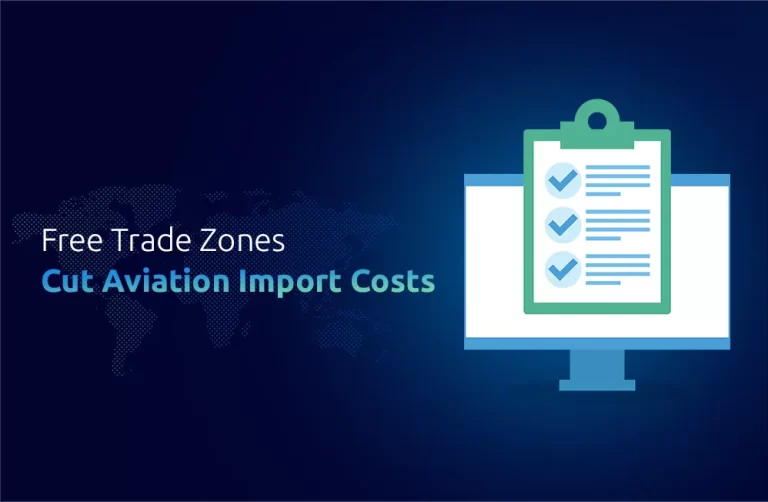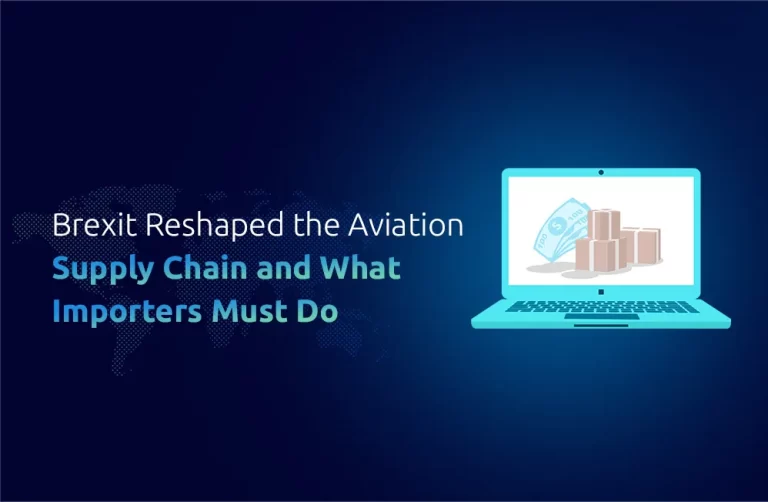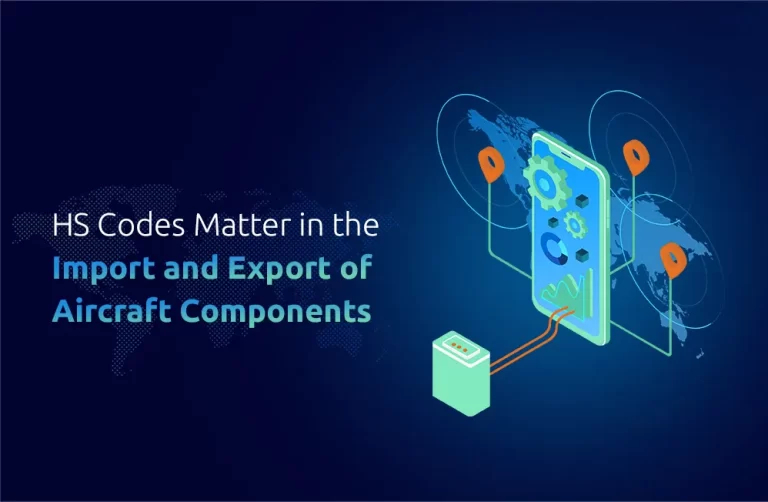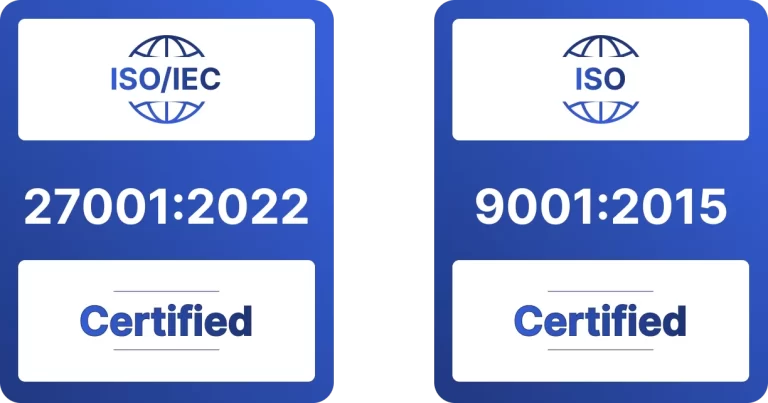Successful Methods to Meet Customer Expectations in Quick Time with DDP Shipping
To meet customer expectations effectively and quickly in DDP (Delivery Duty Paid) shipping, it is necessary to provide Complete visibility and transparency throughout the entire shipping process. Approaches to improve efficiency include automating customs clearance using advanced technologies, which confirm faster processing and reduce delays. Real-time tracking enables customers to stay updated on their shipments’ status. Improving warehouse locations and management helps minimize transit times, confirming timely deliveries. Localized customer support, especially with a presence in Slovenia, confirming that queries are addressed correctly and accurately. Clear communication regarding duties and taxes, including the correct HS code, HTS code, and any applicable GSP (Generalized System of Preferences) benefits, confirms customers are aware of all fees in advance. Also, using the right Incoterms during transactions helps avoid misunderstandings about responsibilities and cost allocation, improving overall customer satisfaction.
Difference between DDP and DAP
DDP (Delivery Duty Paid) and DAP (Delivery at Place) are incoterms they introduced a detail of the responsibilities of buyers and vendors in global trade, with significant differences in taxation, duty, and customs fees. Under DDP, the seller is supposed to complete responsibility for all Charges related to delivering the goods to the customer, including all necessary taxes, tariffs, and customs clearance. This makes DDP a more attractive option for buyers looking for an easy delivery experience, as the seller manages the process, such as the use of the correct HS code or HTS code for tariff classification. On the other hand, DAP requires the seller to deliver the goods to a specified place in the destination country, but the buyer is responsible for paying any taxes, duties, and customs clearance costs. In some cases, the buyer may benefit from an exclusive duty rate under GSP (Generalized System of Preferences) if applicable. DDP is many times considered more User-friendly due to the seller’s responsibility for all charges, while DAP can be advantageous for buyers who are familiar with the customs process and prefer to manage their duties.
Why do customers choose DDP service in Slovenia?
Customers in Slovenia Choose DDP services for many reasons, including it provides simplicity, comfort, and accessibility in the shipping process. With DDP, all costs, such as customs duties, taxes, and other payments, are Cleared in advance by the seller, which means customers don’t have to worry about unwanted charges at the time of delivery. This makes the process smooth and more Expected. Also, DDP confirms faster deliveries since the shipping process is simplified and customs-related delays are minimized. Using DDP can also be cost-effective, as it avoids complications with HS code classification, GSP (Generalized System of Preferences), or HTS code issues, allowing businesses to bypass delays caused by customs clearance. As an Incoterm, DDP is a preferred choice for businesses looking to deliver goods efficiently while maintaining full cost control.
DID YOU KNOW?
“In 2023, Slovenia imported goods worth about 71.44 billion US dollars. In 2023, Slovenia exported goods worth about 73.03 billion US dollars.”








